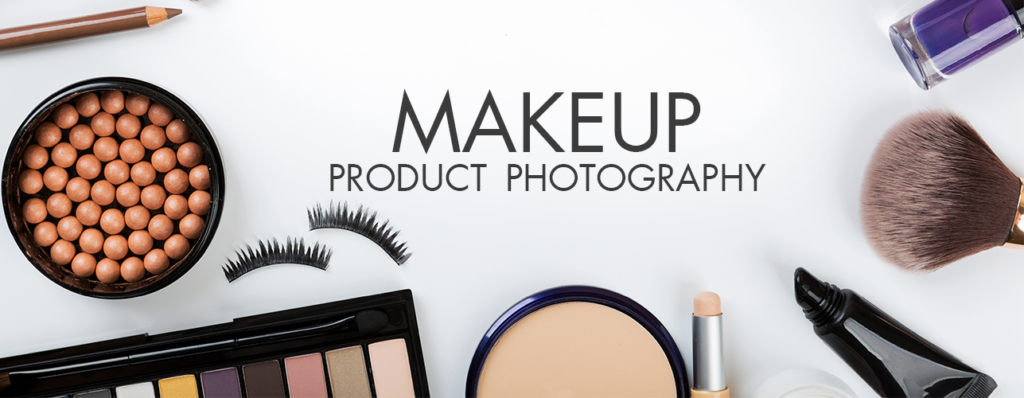In today’s digital age, where visual content reigns supreme, makeup product photography plays a crucial role in captivating audiences and driving sales. With the rise of e-commerce and social media platforms like Instagram and TikTok, brands are continuously evolving their strategies to showcase beauty products in innovative ways. Staying updated on the latest trends in beauty product photography is essential for brands and photographers alike to stand out in a crowded market. Here’s a look at some of the hottest trends shaping the makeup product photography landscape today.
1. Natural Light and Minimalist Aesthetics
One of the most significant trends in makeup product photography is the use of natural light to create a soft, inviting atmosphere. Natural light not only enhances the colors and textures of beauty products but also evokes a sense of authenticity and approachability.
Along with natural lighting, minimalist aesthetics are gaining traction. Brands are opting for clean, uncluttered backgrounds that allow the product to take center stage. This trend aligns with the growing consumer desire for simplicity and transparency in beauty products. A well-placed soft shadow or a splash of light can elevate a simple product shot, making it feel more dynamic without overwhelming the viewer.
2. Textured Backgrounds and Surfaces
While minimalism has its place, there’s also a trend towards using textured backgrounds and surfaces to add depth and interest to beauty product photography. Materials such as marble, wood, and fabric can create a rich backdrop that complements the product.
Textures not only enhance the visual appeal but also help convey the brand’s identity. For instance, a luxurious cream might be shot against a plush velvet background, while a natural skincare line might benefit from earthy tones and materials. This trend allows brands to tell a story through their visuals, appealing to consumers’ emotions and preferences.
3. Vibrant Color Palettes
Bold and vibrant colors are making a comeback in makeup product photography. Brands are experimenting with vivid backdrops and props that reflect the hues of their products, creating a cohesive and energetic visual narrative. This trend resonates particularly well with younger audiences who are drawn to eye-catching, colorful imagery.
The strategic use of color can enhance product visibility and create a striking contrast, making the makeup items pop. Additionally, incorporating color gradients or ombre effects in the background can add a playful yet sophisticated touch to the overall composition.
4. Interactive and Dynamic Shots
With the rise of social media, brands are shifting their focus towards creating interactive and dynamic photography that invites audience engagement. This includes shots that showcase the product in use, such as a model applying lipstick or using a highlighter.
These action shots provide a more relatable context for consumers, allowing them to visualize how the product will fit into their daily routines. Furthermore, incorporating motion—such as spritzing a fragrance or dusting powder—can add a sense of life and energy to the imagery. This trend encourages storytelling and creates a connection between the consumer and the product.
5. Emphasis on Inclusivity and Diversity
Inclusivity is becoming a critical component of beauty product photography, with brands showcasing a diverse range of models that reflect different skin tones, ages, and backgrounds. This trend not only promotes a more accurate representation of society but also resonates with consumers seeking authenticity in beauty marketing.
Photographers are now challenged to capture the unique qualities of each model, highlighting how makeup products can enhance individual beauty. This approach fosters a sense of belonging among consumers, allowing them to see themselves in the brand’s narrative and increasing the likelihood of purchase.
6. Use of Technology and 3D Effects
As technology continues to advance, the use of augmented reality (AR) and 3D effects in beauty product photography is on the rise. Brands are leveraging these technologies to create immersive experiences that allow consumers to visualize products in real-time.
For example, virtual try-ons enable users to see how a specific lipstick shade looks on their lips without having to visit a store. This innovative approach not only enhances consumer engagement but also builds confidence in purchasing decisions. As AR becomes more accessible, expect to see a growing trend of integrating these features into beauty product photography.
7. Lifestyle Integration
Integrating lifestyle elements into beauty product photography is another trend that is gaining traction. Instead of focusing solely on the product, brands are showcasing how their products fit into everyday life. This might include shooting makeup alongside fashion accessories, skincare routines, or even in beautifully styled bathroom settings.
Lifestyle photography creates a narrative that resonates with consumers, encouraging them to imagine the product in their own lives. This trend effectively combines aspirational imagery with practicality, making the products feel more relevant and attainable.
Conclusion
Staying ahead in the fast-paced world of makeup product photography requires an awareness of current trends and consumer preferences. From the use of natural light and minimalist aesthetics to vibrant colors and lifestyle integration, these trends are shaping how beauty products are marketed and perceived.




More Stories
Top Reasons to Rent a Jumping Castle for Your Next UAE Event
Understand Angel Number:A Guide for Meaning
Why the Green Bay Packers Letterman Jacket is the Perfect Blend of Team Spirit and Style